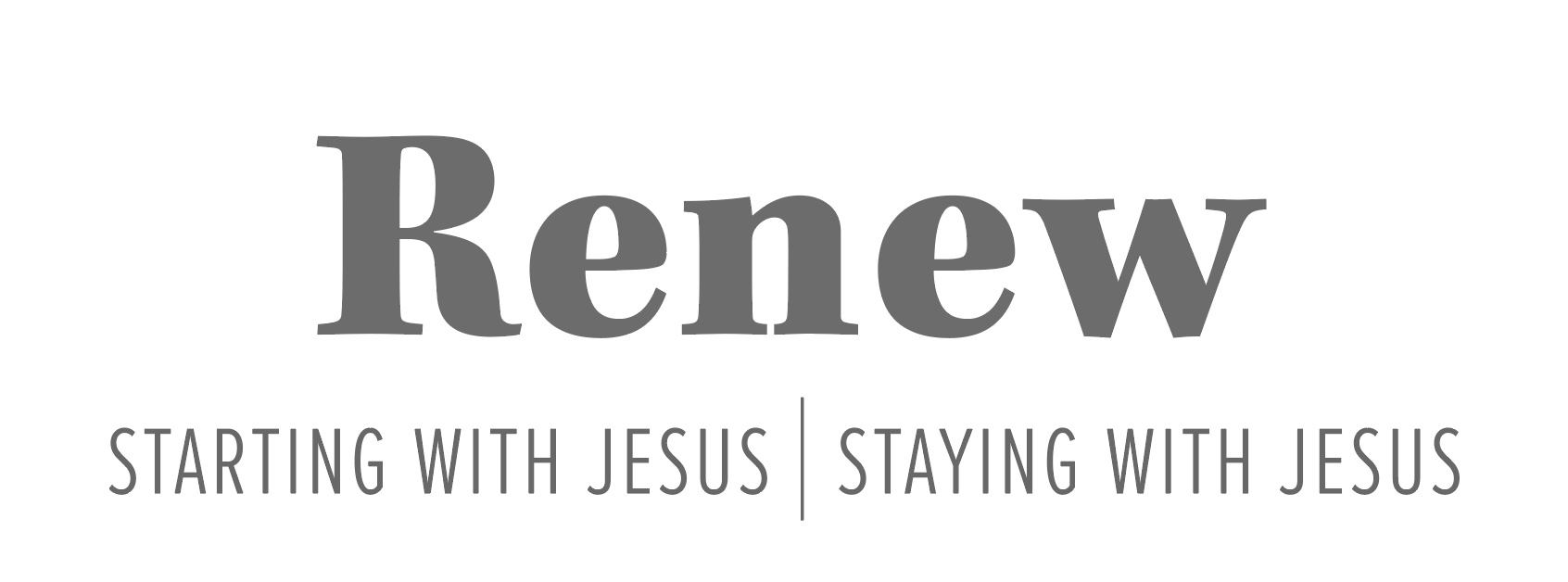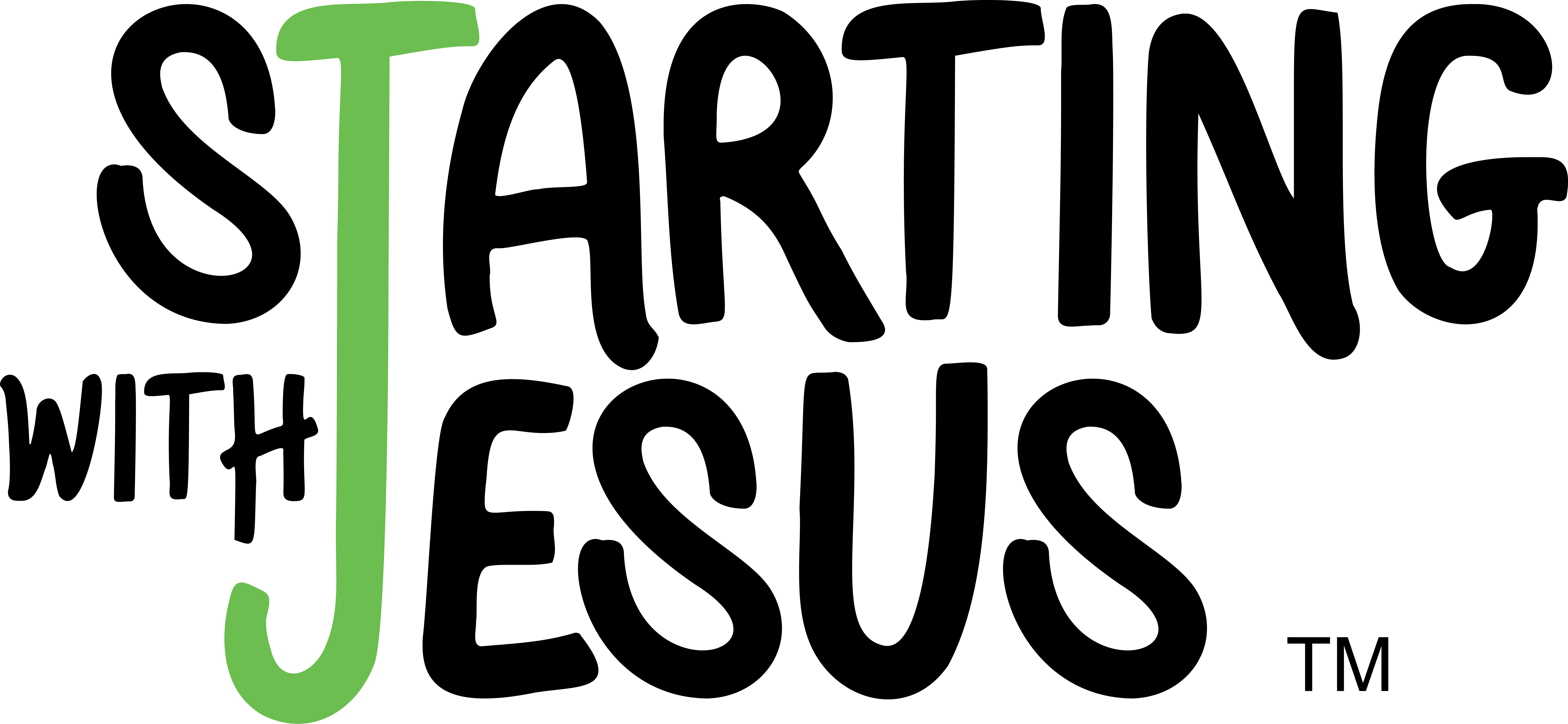

Lesson Twenty Six
HOW WE LOVE GOD
Memory Verse: Exodus 20:7
Further Study: Exodus 20:1-7, Patriarchs and Prophets: pp. 305-307; The Story of Redemption: pp. 141
In 2009, author and speaker Simon Sinek, gave a TED talk entitled, “How Great Leaders Inspire Action.” Sinek’s intent was to inspire a new way of thinking for corporate America, but after listening, it instead changed the way I read the Bible.
In his presentation, he spoke of the way leaders tend to process. Drawing three circles in the shape of a target, Sinek wrote three familiar terms. In the outer circle, he wrote “What.” The middle circle, “How.” And the innermost circle, “Why.” His conclusion was that the most successful leaders think differently than most—from the inside out. They start with the “why,” then state the “how,” followed by the “what.” To express why something is reveals its overall purpose. It gives intentionality. According to Sinek, only when “why” is understood, does success follow.
Only when “why” is understood, does success follow.
So, what does corporate inspiration have to do with the 10 Commandments? Because God uses the exact process Sinek has suggested. Jesus did as well. It explains why the disciples were always confused until after the resurrection and ascension. They continued to ask “what” and “how” questions of Jesus, but His answers were generally always “why.” Jesus was completely focused on His mission—the end game—while his disciples were caught in the how. Other Bible stories are similar. Re-read the story of Balaam. Three curses become three blessings, however, at the end, God uses Balaam to give one additional prophecy—the “why.”
When one memorizes the 10 commandments, we start with the first one. That would make sense, except that we miss the most important part—the prologue. God comes down the mountain to speak to His people, to establish the principles of His covenant. But before beginning He states the “why”: ““I am the Lord your God, who brought you out of the land of Egypt, out of the house of bondage” (v. 2).
This declaration is critical because it encapsulates all that is God and why the covenant matters. This one verse completely sums up what has happened in the previous 19 chapters. He is the Deliverer, the Redeemer, the One who rescues. This was the message to the Israelites. It is the same for us today.
He is the Deliverer, the Redeemer, the One who rescues.
Now the commandments of the covenant make sense. We agree with them and with Him because of what He does for us. There are no other gods because no other god can do what He did. We will not make anything or put anything in place of Him because when we do we limit the what and how of what He can do for us. We will reverence His name, because He is holy and just and mighty and powerful. It is the why that makes the difference.
The why helps us understand who we worship. It is the why that renews us each day.
Digging Deeper
Jon Dybdahl in his book, Exodus, reveals something interesting about the organizational structure of Exodus. Exodus contains several law codes, regulations, or commands, of which the 10 commandments is only one. Each time a law code is revealed it is bracketed by a story.
He writes: “There are four such blocks of law: the Ten Commandments (20:1-17), the covenant code (20:22-23:33), the priesthood code (25:1-31:1-18), and the tabernacle code (35:1-40:33). Each block is preceded and followed by story. The laws cannot be understood properly without the story and vice versa. The very structure of the book makes law and story an integrated whole.”*
He goes on to explain the significance of this structure:
- God becomes the primary force in both story and commands.
- The law is more fully seen as a gift from God when tied to a story that illustrates His mercy and deliverance.
- The motivation to keep the law is found within the story.
- Law and story join together to help us see the combination of divine action with human response as it pertains to life.
*Dybdahl, John, Exodus, part of The Abundant Life Bible Amplifier series, Pacific Press Publishing Association, 1994.
Making it Real
Consider the first three commandments and answer these questions:
- How is God the one true God in your life?
- How do you place God first in all you do?
- How do you keep God’s name holy?
Respond & Share
In response to these first three principles of the covenant, place God first and foremost in your life in what you do, what you think, and how you speak.
_________
Merle Poirier writes from Silver Spring, Maryland, where she works as the operation manager for Adventist Review and Adventist World magazines as well as the designer for KidsView, a magazine for 8-12-year-olds. She enjoys spending time with her family including being the grandmother of two active little boys, who greatly enjoy Starting With Jesus.
Coming next week:
Third quarter begins!
PREVIOUS LESSONS

